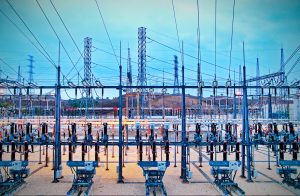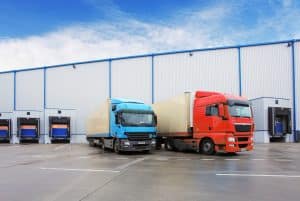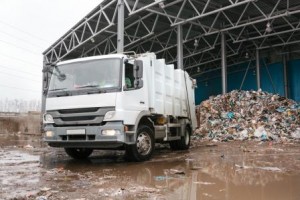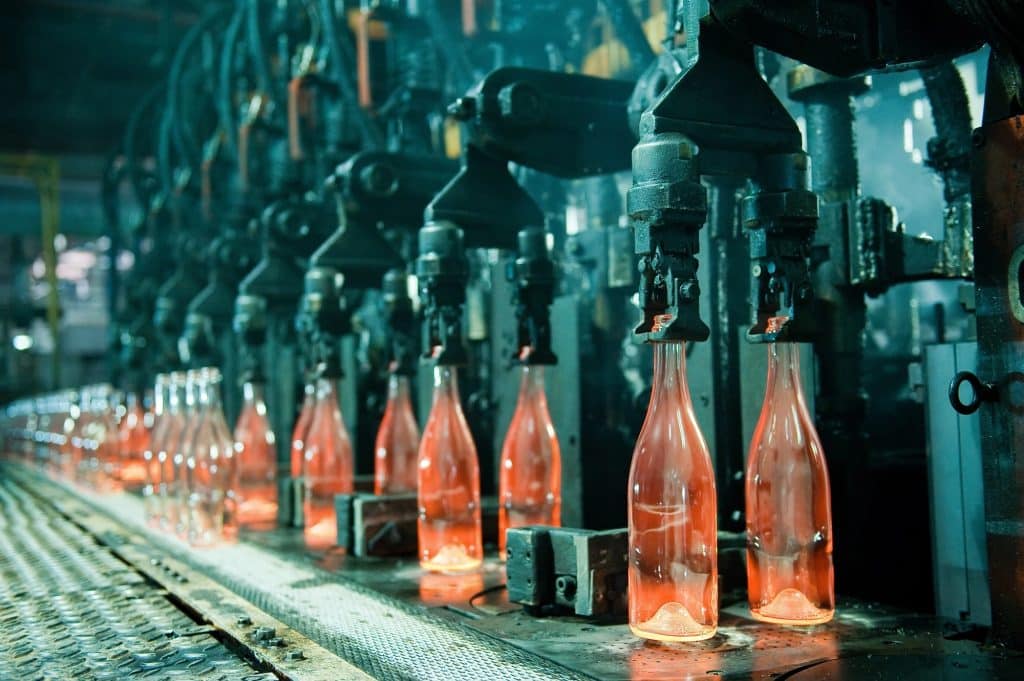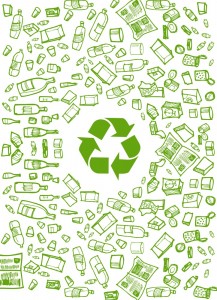. . . . . . Free Scope 3
Advice Session
What are Scope 3 emissions?
They are indirect emissions that take place in an organisation’s value chain.
New release – GHGi Commuting
Take the pain out of reporting Employee Commuting emissions
+44 (0)1509 649504
What are Scope 3 emissions?
What are Scope 3 emissions? They are indirect greenhouse gas emissions resulting from the organisation’s operations. They also can be described in value chain terms as upstream and downstream activities. Examples of upstream Scope 3 emissions sources are; business travel by means not owned or controlled by an organisation, waste disposal and purchased goods & services. Examples of downstream Scope 3 emissions sources are; processing of sold products, use of sold products and the end-of-life treatment of sold products. This is simplified in the following diagram:
How Scopes 1, 2 and 3 sit in a manufacturer’s value chain.
Scope 3 emissions are not currently included in the Streamlined Energy and Carbon Emissions Reporting.
Purchased Goods and Services
The emissions specifically related to purchases made from suppliers, fall into Scope 3: Category 1 – Purchased Goods and Services. In fact for many organisations, this embodied carbon causes the greatest environmental impact; e.g. sheet steel used to manufacture white goods. Understanding the emissions from different suppliers can inform an organisation’s choices.
Capital Goods
This category is all the upstream emissions from the production of capital goods purchased or acquired by the organisation. The emissions of a specific piece of equipment is usually defined in the form of a product carbon footprint. This includes a portion of the manufacturing company’s Scope 1 (direct), Scope 2 (Indirect), as well us a portion of the manufacturing company’s Scope 3 upstream indirect emissions from its value chain. These are classified as Scope 3: Category 2 – Capital Goods.
Fuel and Energy related Activities
This category includes emissions related to the production and distribution of fuels and energy purchased and consumed by the organisation. The term well-to-tank is used to describe the emissions related to the extraction of the fuel and transporting it to is point of use. For electricity, in addition to well-to-tank (WTT), the emissions getting the fuel to the power station, there are two additional factors. First, transport and distribution (T&D) losses, which applies to the losses in grid, the energy that is lost getting the electricity from the power station to the organisation that has purchased it. The second is the additional well-to-tank emissions applicable to the transport and distribution (T&D) losses, often described as WTT T&D. These are all classed as Scope 3: Category 3 – Fuel and Energy Related Activities.
Transportation and Distribution – upstream and downstream
Transportation and Distribution occurs in both upstream and downstream elements of the value chain. Upstream transportation applies where the organisation pays a third-party transportation and distribution services. It applies regardless of whether the cargo is a delivery from a supplier or a delivery to a customer. Downstream Transportation and Distribution is where the customer, not the reporting company, organises and pays for the cost of transportation. The term covers the emissions from the movement of goods by land, sea and air. It also includes emissions from third-party warehousing along the supply chain. Upstream Transportation and Distribution is Scope 3 – Category 4, whilst Downstream Transportation and Distribution is Scope 3 – Category 9.
Waste Generated in Operations
What are Scope 3 emissions relating to waste? This generally relates to waste sent to landfill and wastewater treatment. Emissions from waste disposal relate mainly to CH4 and N2O emissions from landfill or solid waste disposal sites. Emissions from wastewater treatment relate to the energy used to supply the water, in the treatment process. Emissions from waste water treatment as a result of the biological breakdown of the waste. These emissions, classed as Scope 3: Category 5 – Waste Generated in Operations , as they are not operated or controlled by the organisation. CH4 and N2O are powerful greenhouse gases causing more potential damage than CO2.
Business Travel
Business travel by means not owned or controlled by your organisation:
- Air travel
- Business mileage using private vehicles
- Rail
- Underground and Light rail e.g. the “Tube”
- Taxis, including mini-cabs and Uber
- Buses
- Hotel Stays
Scope 3: Category 6 – Business Travel is difficult for most organisations to report with any degree of accuracy.
Employee Commuting
What are Scope 3 emissions where employee commuting is concerned? The emissions resulting from travel to and from work will depend on the organisation’s geographic location. An urban or rural location, proximity to public transport, the size of its catchment area and its culture: all will impact emissions from commuting. They are classed as Scope 3: Category 7 – Employee Commuting. If you need to report your employee commuting emissions GHGi Commuting will provide you with a secure cloud-based solution with mobile access with a simple interface. It can also capture emissions from homeworking a source of emissions that are recommended to be reported alongside emissions from commuting.
Processing of Sold Products
Scope 3: Category 10 – Processing of sold products includes emissions from processing of sold intermediate products by third parties (e.g., manufacturers) subsequent to sale by the reporting company. Intermediate products are products that require further processing, transformation, or inclusion in another product before use.
The resulting emissions are from processing, subsequent to sale by the reporting company and before use by the end user. Emissions from processing is to be allocated to the intermediate product.
Use of Sold Products
Use of sold products applies to those products sold to consumers not other businesses. The greenhouse gas emissions resulting from how products are used varies considerably.
The emissions from manufacturing a bottle of shampoo are insignificant compared to those resulting from taking a hot shower. The emissions from using an iPhone could take months or even years to equal those produced in making it.
Whereas there are no CO2e emissions from using a screwdriver. It will come as no surprise that many organisations shy away from reporting emissions from the use of the products they sell.
Reporting greenhouse gas emissions is intended to encourage organisations to reduce their products’ in-use emissions. They are classed as Scope 3: Category 11 – Use of Sold Products.
End-of-life Treatment
Scope 3: Category 12 – End-of-life Treatment, also applies to products sold to consumers. It is to be reported in a similar fashion to “waste generated in operations”. However, understanding how consumers will deal with waste-disposal is difficult. People (and Local Authorities) in different regions view waste-disposal in different ways.
Organisations need to determine the total mass of products sold and its associated packaging. They then need to estimate how to divide up the waste into different streams, e.g. landfill, incineration and recycling.
End-of-life treatment is designed to encourage organisations to produce recyclable products and packaging. Therefore minimising waste to landfill and incineration.
Leased Assets
There are assets leased by the reporting organisation (upstream) and assets to other organisations (downstream). The treatment of leased assets is complex and the emissions can be included in Scope 1 or Scope 2. It depends on:
-
The type of lease (operating lease or finance lease)
-
How the organisational boundaries are defined (operational control or equity share)
The method of calculating the emissions will also depend on these factors. It is easier to calculate the emissions from upstream leases as the information needed is more easily obtained. Upstream leased Assets are classed as Scope 3 – Category 8, whilst Downstream Leased Assets are Scope 3 – Category 13.
Franchises
A franchise is a business that is licensed to sell or distribute another organisation’s goods or services within a specific location. They are classed as Scope 3: Category 14 – Franchises. Examples include most McDonalds burger outlets and Hilton Hotels & Resorts. The franchisor, the organisation granting the license, should report the the Scope 1 and Scope 2 emissions of franchisees.
The emissions can be calculated using either:
-
The Franchise-specific method based on information collected on each site, or
-
The Average-data method that estimates the emissions for each franchise based on a factor like size, location etc.
Investments
The inclusion of investments is designed mainly for financial institutions, but can be relevant to any organisation. Although not as difficult to report as business travel the process can be quite complex. Investment portfolios are not usually static. They can change in both composition and value throughout the reporting period. Often a fixed point is chosen within the accounting period to be the reporting date. For purposes of GHG accounting investments fall into four types:
-
Equity investments
-
Debt investments
-
Project finance
-
Managed investments and client services.
The emissions reported are based on the percentage of the overall investment that the organisation controls. they are classed as Scope 3: Category 15 – Investments.
Sustainability Vision Ltd. takes the security of your data very seriously. Please read our Data Privacy Notice for further details.



